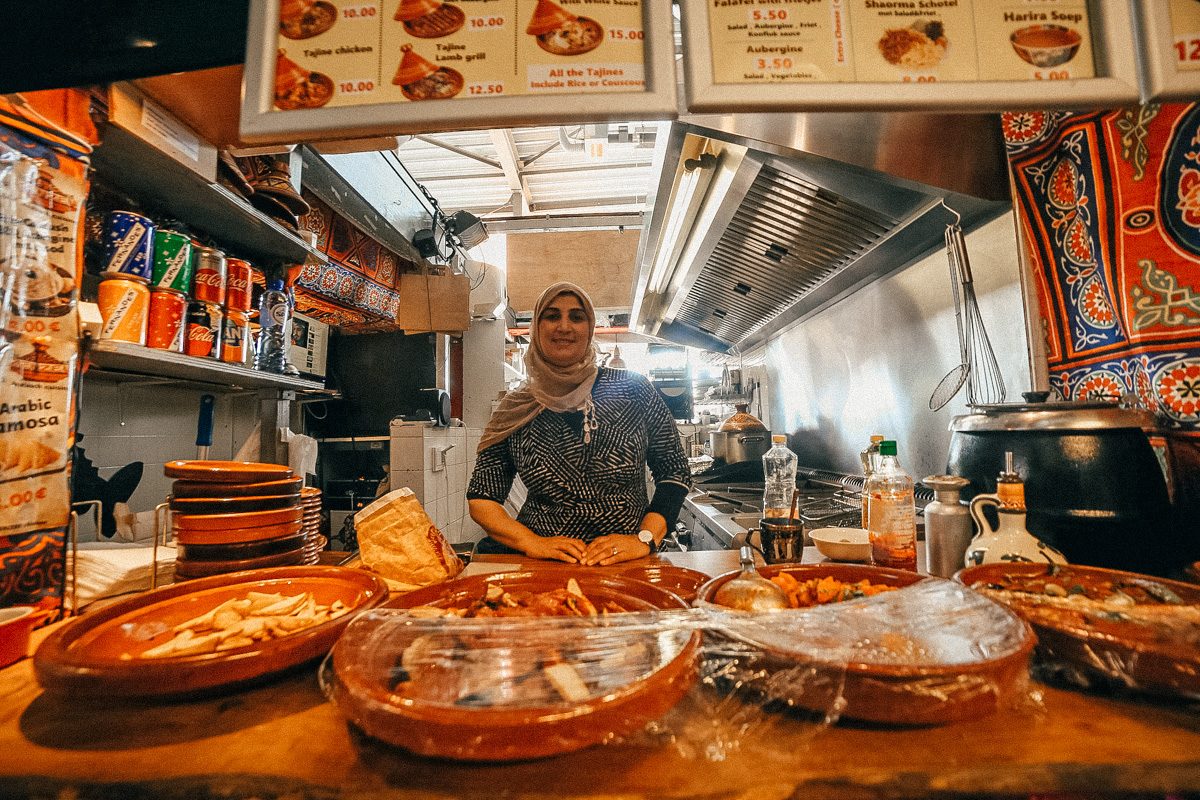Food is more than just fuel; it’s a universal language that connects us, tells stories, and sparks joy. From the comfort of a homemade meal to the thrill of trying exotic dishes from far-off lands, our relationship with food is deeply ingrained in our daily lives. In this blog post, we’ll embark on a culinary journey to explore the diverse world of food—highlighting its cultural significance, trends, and innovations that are shaping how we eat today.
1. The Cultural Significance of Food
Food is a powerful element of cultural identity. It’s a way for people to celebrate traditions, share heritage, and express themselves.
- Traditional Dishes: Every culture has its signature dishes that often tell a story of history, geography, and societal values. For instance, sushi from Japan, paella from Spain, and curry from India each embody unique cooking techniques and regional ingredients.
- Festivals and Celebrations: Food plays a central role in cultural celebrations and festivals. Think of the elaborate feasts during Thanksgiving in the U.S., or the vibrant street foods during Thailand’s Songkran Festival. These culinary traditions offer insight into the cultural fabric of a society.
2. The Rise of Global Fusion Cuisine
In our increasingly interconnected world, global fusion cuisine is gaining popularity. This culinary trend blends elements from different food traditions to create innovative and exciting dishes.
- Fusion Examples: Tacos with Korean barbecue fillings, sushi burritos, and Mediterranean-inspired pizzas are just a few examples of how chefs are creatively combining diverse culinary influences. These dishes not only offer new flavors but also reflect a broader cultural exchange.
- Creative Cooking: Fusion cuisine encourages experimentation and creativity, allowing chefs and home cooks alike to explore new flavor combinations and techniques.
3. The Impact of Food Trends on Modern Dining
Food trends often reflect broader societal changes and technological advancements. Staying on top of these trends can enhance your dining experience and keep your meals exciting.
- Plant-Based and Vegan Foods: As more people become aware of environmental and health concerns, plant-based diets are on the rise. From vegan burgers to dairy-free cheeses, there are now countless options for those looking to reduce their animal product consumption.
- Sustainable Eating: The focus on sustainability is driving a shift towards locally sourced and ethically produced ingredients. Farmers’ markets, farm-to-table restaurants, and zero-waste cooking are all part of this growing movement.
- Food Technology: Innovations such as lab-grown meat, smart kitchen appliances, and meal delivery services are transforming how we cook and eat. These technologies aim to improve convenience, health, and sustainability.
4. The Art of Cooking: Techniques and Tools
Mastering the art of cooking involves not just recipes but also understanding techniques and tools that elevate your culinary creations.
- Classic Techniques: Techniques such as sautéing, braising, and sous-vide are foundational to cooking. Mastery of these methods allows you to execute recipes with precision and confidence.
- Essential Tools: Investing in high-quality kitchen tools—like a sharp chef’s knife, sturdy cutting board, and versatile cookware—can make a significant difference in the quality of your dishes. Technology-driven gadgets like air fryers and immersion blenders also offer new ways to prepare and enjoy food.
5. Exploring Food from Around the World
Traveling through food is a delightful way to explore different cultures and cuisines without leaving your kitchen.
- Regional Delicacies: Sampling dishes from various regions can broaden your palate and appreciation for global flavors. Try making Italian risotto, French crepes, or Ethiopian injera to experience a slice of another culture.
- Culinary Tourism: For those who love to travel, culinary tourism—exploring destinations known for their food and drink—offers an immersive experience. Cities like Tokyo, Barcelona, and New Orleans are renowned for their unique culinary scenes and food experiences.
6. The Joy of Home Cooking
While dining out and exploring new foods are exciting, there’s something truly special about preparing meals at home.
- Family and Friends: Cooking at home allows you to share meals with loved ones and create lasting memories. Whether it’s a Sunday roast, a cozy pasta night, or a baking session with kids, home cooking fosters connection and enjoyment.
- Personal Creativity: Home cooking gives you the freedom to experiment with flavors, ingredients, and recipes. It’s a chance to express your culinary creativity and tailor dishes to your personal tastes and dietary needs.
7. The Future of Food
Looking ahead, the future of food is likely to be shaped by ongoing trends and innovations.
- Personalized Nutrition: Advances in technology may soon offer more personalized dietary recommendations based on individual health data and genetic information.
- Food Security: Addressing global food security challenges will be crucial, with potential solutions including sustainable farming practices and innovations in food production.
Conclusion
Food is a rich tapestry woven from tradition, innovation, and personal experience. It connects us to our roots, introduces us to new cultures, and constantly evolves to meet changing needs and preferences. By exploring different cuisines, embracing trends, and enjoying the art of home cooking, we can enhance our culinary experiences and deepen our appreciation for the world of food.
So, whether you’re a seasoned chef or an enthusiastic food lover, there’s always something new and exciting to discover in the realm of gastronomy. Embrace the flavors, techniques, and traditions that resonate with you, and let the journey through food enrich your life in delicious ways.




